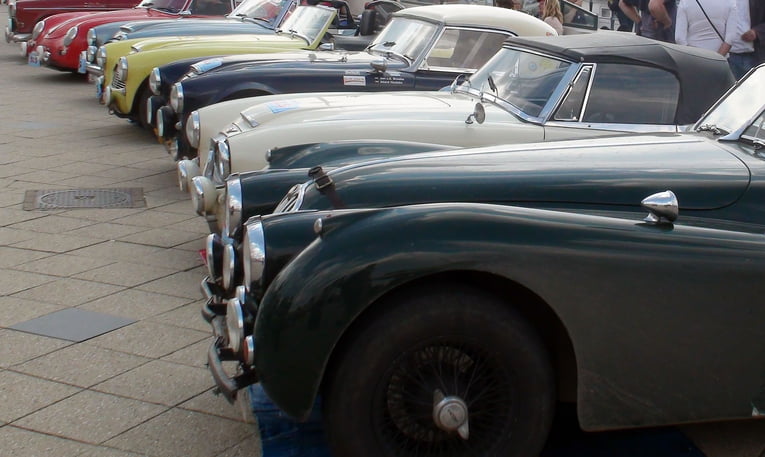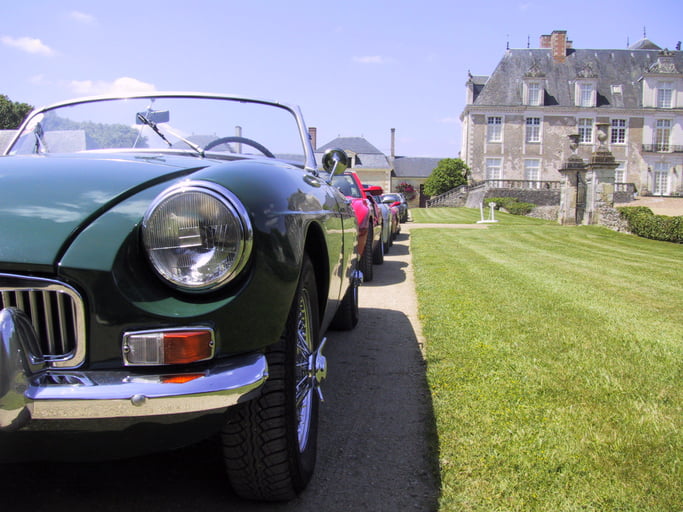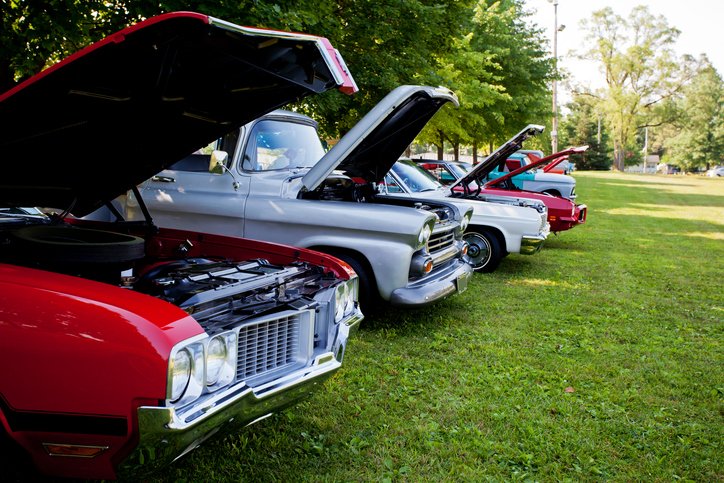From May this year, nearly half a million cars in the UK won’t have to pass an MOT. That’s because vehicles manufactured over 40 years ago will no longer have to take the test. At the moment, only cars registered before 1960 are exempt – around 197,000 vehicles on UK roads – but these changes mean an extra 293,000 cars will be able to skip the annual MOT.
So Why the Change?
There are a few key factors behind the government’s decision. For one, the Department for Transport argues that classic cars are typically well-maintained and driven a lot less than modern cars, so, in many cases an MOT test is unnecessary.
There have also been concerns that the modern MOT applies less and less to cars of a certain age, and as a result garages may not be testing vintage cars properly.
Finally, the new date will bring the age of cars that qualify for MOT exemption in line with the exemption for road tax.
How Do I Know If I Qualify?
If your vintage car was registered more than 40 years ago you can apply for an MOT exemption. But there are a few exceptions which might mean you still need to take the test each year. Mainly, if your car’s had “substantial changes” to it over the years it still needs an MOT.
What Qualifies as a Substantial Change?
Tinkering with your car is one of the joys of ownership, and making minor modifications here and there to keep your vintage motor ticking over is par for the course for classic car enthusiasts – and the government recognises this. So, any alterations you make to keep your vehicle on the road are fine.
The government and the Federation of British Historic Vehicle Clubs have come up with this list of changes which stop it being exempt:
- Replacing the chassis or monocoque bodyshell of your vintage car, including any sub-frames; although replacements made with the same pattern as the original spec are OK.
- Any major alterations to the steering and suspension, unless carried out to improve efficiency, safety or environmental performance.
- Replacement engines where the new engine has a different number of cylinders from the original, and so cannot be considered alternative original equipment.
You may also fail to qualify for MOT exemption, if your car:
- Has been issued with a Q registration. A “Q” prefix on your vehicle’s registration plate usually means the age or identity of your car is in doubt.
- Your vehicle is a kit car, put together from different makes and models.
- Your car is a reconstructed classic, as defined by DVLA guidance.
- Your car is a kit conversion, where a kit of new parts has been added to the original vehicle, or old parts have been added to a new kit; in both cases altering the overall appearance of the car.
If you’re not sure whether your classic car meets all the necessary criteria, you can consult a marque or historic vehicles expert, and you’ll find the relevant list on the Federation of British Historic Vehicle Clubs website. If you have your doubts or don’t think you can prove that the changes were necessary, you shouldn’t apply for MOT exemption.
How Do I Register My Car as Exempt From MOT?
To register your classic car as exempt from MOT you need to make a declaration the next time you renew your road tax. If you’re renewing your tax at the post office, it’s as simple as filling out a ‘declaration of exemption from MOT’ form, or V112.
My Classic Car Has a SORN, Is It Still Exempt?
When you take a vehicle off the road and no longer want to pay for tax and insurance, you can apply for a Statutory Off Road Notification, or SORN. This means you’re no longer allowed to drive your car on public roads.
If your vehicle has an existing SORN you don’t really need to worry about MOT exemption unless you intend to cancel it. The moment you tax your vehicle, your SORN will automatically expire, and, providing your classic car meets all the necessary criteria, it will qualify as MOT exempt.
What Checks Should I Perform on My Classic Car?
Part of the joy of owning a classic car is the upkeep – the time and patience required to keep your vintage motor looking and running its best. Under the new rules, you can still volunteer your car for an MOT if you feel it needs one; otherwise, the government is asking all owners of classic cars exempt from MOT to ensure their vehicle is in a roadworthy condition at all times.
With that in mind, here are some basic tips to keep your vintage motor running as it should:
- Keep it clean. Any classic car enthusiast will tell you the importance of regularly washing and waxing your vehicle, and it’s not just for appearances. Older models are susceptible to the elements, so, to ensure your car is properly protected, washing and waxing at least once a month is an absolute must. Remember to pay particular attention to the undercarriage and the wheel wells. Debris from the road is a major cause of rust and corrosion.
- Take it for a spin. You need to put your car through its paces at least twice a month. All those seals and rubber components can dry up if your car is stuck in situ. A 30–minute drive should be enough to blow off the cobwebs and keep your car ticking over nicely.
- Make sure you lubricate your drivelines. Most vintage cars have driveline components that need to be lubricated every two to three months.
- Look after the brakes. Brake fluid has a tendency to collect moisture, so to guard against brake failure you should bleed and replace your brake fluid at least once a year.
- Use a good quality coolant. Essential if you want to prevent rust and corrosion.
- Remember to check your oil. Unless you’re driving your classic car every day, you need to check your oil each time you take it for a spin. If your car springs a leak, you’re looking at some expensive engine repairs.
And that’s all you need to know about the imminent changes to MOT testing if you own a car that’s 40 years or older. So, the next time you renew your tax, remember to declare your vintage car exempt from MOT testing.
At Simoniz, our high-quality car care products make it easy to take good care of your pride and joy. For more information or to browse our complete range, visit the homepage.



